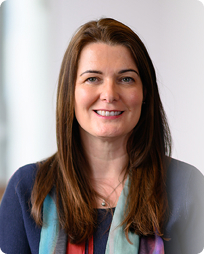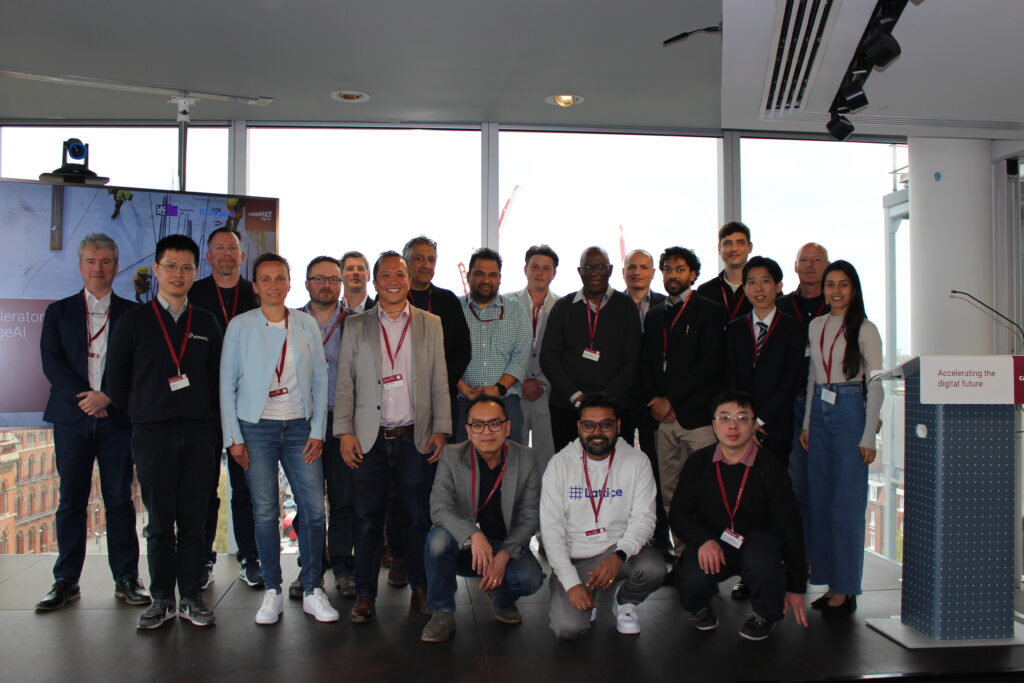Digital Catapult’s first Quantum Technology Access Programme (QTAP) raised awareness, educated end users, and fostered industry partnerships to drive the future adoption and commercialisation of quantum computing. During this first-of-a-kind programme, quantum experts from Digital Catapult and the programme partners ORCA Computing and Riverlane supported participants to explore novel quantum computing use cases.
Optimising energy production with DNV


Can quantum computing optimise energy production?
DNV is the world’s leading resource of independent energy experts and technical advisors in assurance and risk management, operating in more than 100 countries. DNV’s 2024 report presents the results from its independent model of the nation’s energy system. It covers the period through to 2050 and forecasts the energy mix, supply & demand, and provides insights on how the energy transition is developing in the UK. Importantly, it predicts that the UK’s electricity transmission network will increase from just over 34,000 circuit-kilometres in 2022 to 140,000 by 2050. Distribution lines will almost triple from 470,000 to about 1.4 million circuit-kilometres between 2021 and 2050. This infrastructure will be needed as more variable renewables, such as wind and solar farms, as well as small modular nuclear reactors, are integrated to support increased annual electricity demand from electric vehicles and heat pumps, to name a couple.
As part of the programme, DNV wanted to discover if quantum computing is feasible to manage and optimise energy production. Digitalisation and automation are expected to enable energy transformation in the UK in the future.
What was done?
DNV wanted to determine the cheapest way to generate electricity, subject to operational and financial constraints, something known as the “Unit Commitment Problem” – a series of mathematical problems to find a low cost operational schedule for power generators.
After receiving training on quantum computing, the DNV team worked with quantum computing experts from Digital Catapult to formulate this problem as a combinatorial optimisation problem, where binary variables represented different combinations of energy sources that could be switched on, or off, at different time periods. In addition, for each time period, the cost of production was optimised subject to constraints including enough energy being produced to meet the demand in each period. A penalty term was added to the cost if the solution did not meet a constraint. The ORCA PT-1 quantum boson sampler (quantum computer) produced binary strings mapped to the relevant binary variables and the boson beam splitter angles were tuned classically to find the binary string which corresponded to the lowest cost.
What were the results?
DNV simulated four different energy sources which could be switched on or off for up to eight time periods. DNV’s team experimented with constraints, such as power supplied from a gas plant being required for at least three consecutive time periods, and the gas plant ramping up to 25%, 50%, 75% and 100% over four time periods. The simulations were generally successful, but in some larger data sets the optimum solution was not found because there were too many possible combinations of input variables. DNV benefited from the flexibility of the boson sampler in allowing different penalty terms.
DNV successfully ran a scaled down version of the problem with three energy sources and two time periods on the ORCA PT-1 quantum computer.

Going forward, the next stage would be to engage with companies like National Grid to see how we can scale the algorithm to manage the Grid requirements, whilst providing assurance that new technologies like AI, autonomous systems and quantum computing can be relied on to solve this kind of problem. As quantum computing is potentially one of the only computers to actually support this, due to its ability to solve problems of this nature.
Chris Bell Senior Consultant, DNV
Watch the highlights video from the showcase
Get involved
Be the first to receive news and updates about our work with quantum. Fill out your details in the form below.
Related topics

Quantum Technology Programme
Separating opportunity from hype to understand industry challenges that may be best solved by quantum computing.
Leading businesses showcase the potential for quantum computers to transform energy, infrastructure and engineering
Leading businesses on Digital Catapult’s Quantum Technology Access Programme (QTAP) showcase the potential for quantum computers to transform energy, infrastructure…
Digital Catapult launches Quantum Technology Access Programme with eleven leading British businesses, to improve the quantum readiness of key UK industries
Digital Catapult announces eleven leading British businesses have been accepted onto a first-of-its-kind Quantum Technology Access Programme, to overcome industrial…













































